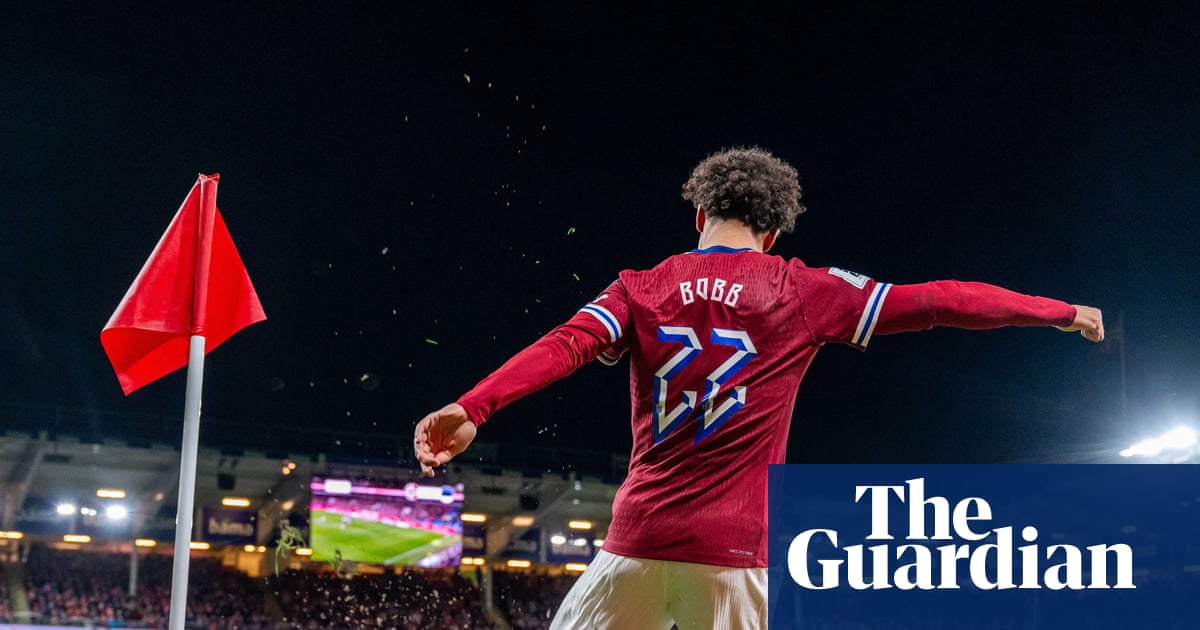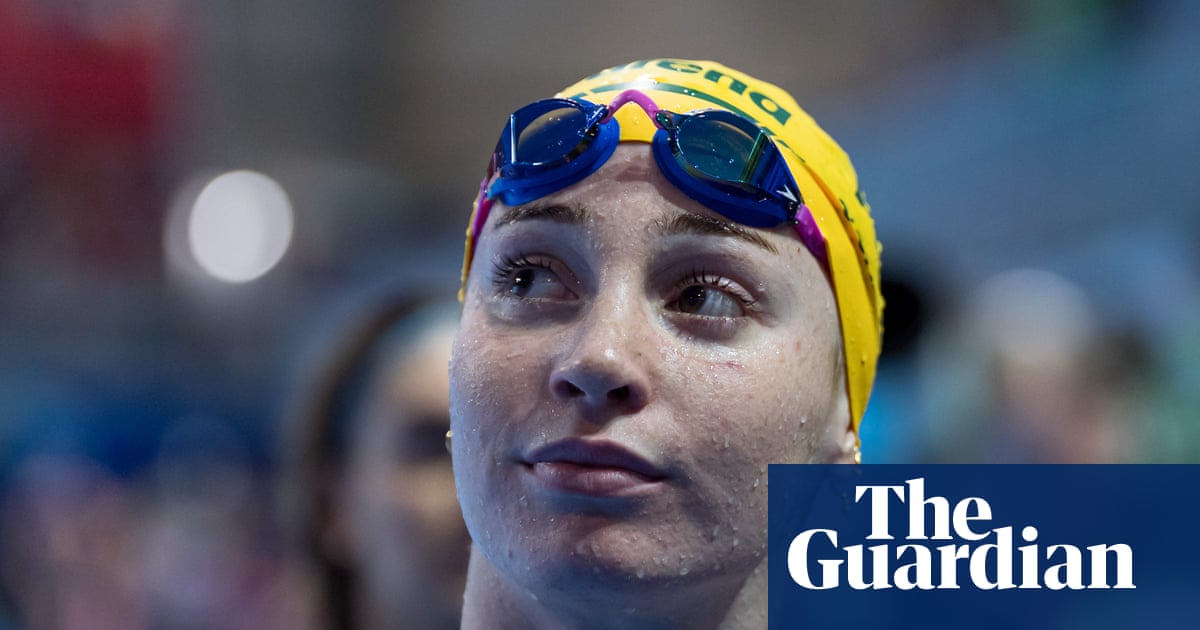“Marc Guiu became Chelsea’s youngest-ever Champions League goalscorer against Ajax, only to have the record snatched away from him by Estêvão 30 minutes later. What other examples of rapidly lost records are there in the world of football? What’s the record for the shortest-held record?” asks Matt Prior.
Given the predilection of those involved in football to flaunt their wad, transfer records are fertile ground for this kind of question. The first example that comes to mind is in the summer of 1995, when the British transfer record was broken twice. First Arsenal paid £7.5m for Inter’s Dennis Bergkamp; 15 days later, Liverpool bought Stan Collymore from Nottingham Forest for £8.5m.
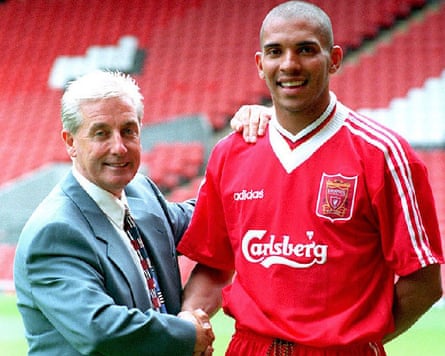
It’s not often that Bergkamp is bracketed alongside David Mills and Steve Daley, but they also held the transfer record for a short time. Both were in 1979, with the progression of the record listed below. Wolves, who sold Daley to Manchester City, used that money to break the record again three days later by signing Andy Gray from Aston Villa.
-
£515,000 David Mills (Middlesbrough to West Brom, January)
-
£1m Trevor Francis (Birmingham to Nottm Forest, February)
-
£1.45m Steve Daley (Wolves to Man City, September)
-
£1.5m Andy Gray (Aston Villa to Wolves, September)
The big one, the men’s world transfer record, has also been broken multiple times in a short period. In the space of around a month in the summer of 1992, Jean-Pierre Papin (Marseille to Milan, £10m), Gianluca Vialli (Sampdoria to Juventus, £12m) and Gianluigi Lentini (Torino to Milan, £13m) all upgraded the record previously held by Roberto Baggio.
Four years later, Barcelona paid PSV Eindhoven £13.2m to sign Ronaldo. Less than three weeks later, Alan Shearer famously went from Blackburn to Newcastle for £15m. This year the women’s world transfer record has moved on as very quickly indeed, with the progression listed below.
-
£900,000 Naomi Girma (San Diego Wave to Chelsea, January)
-
£1m Olivia Smith (Liverpool to Arsenal, July)
-
£1.1m Lizbeth Ovalle (Tigres to Orlando Pride, August)
-
£1.43m Grace Geyoro (PSG to London City Lionesses, September)

There are other cases but that will do for the transfers. There’s only one place to go next: Dundee on 12 September 1885. “At 3pm on the Dock Street Ground, Dundee, the home side Harp kicked off against Aberdeen Rovers,” writes Robin Horton. “Thirty minutes later, at Gayfield, Arbroath got their match with Bon Accord under way. Ninety footballing minutes later, the Harp walked off with a new world record victory of 35–0. Only to be bested in the next 30 minutes when Arbroath signed off at 36–0.”
At the start of the 1987-88 season, Gillingham won consecutive home games 8-1 (against Southend) and 10-0 (v Chesterfield). The latter remains their record margin of victory in a league game. We’re not sure whether the 8-1 was a club record (where are the specialist Gills stats sites when you need them?). But if it was, it lasted precisely seven days.
-
Any more interesting short-lived records? If so, drop us a line
Domestic duopolies
“The last team outside the Old Firm to become champions of Scotland were Aberdeen in 1984-85,” notes Jason Jandu. “Has there been a longer two-team dominance of a domestic league, either now or in the past?”
It’s been over four decades since Alex Ferguson’s Aberdeen broke the Glasgow duo, the closest anyone has come since Hearts’ hearts were broken on the final day by Albert Kidd the following year. Can anyone match that? Across Europe’s “big five”, there are dominant teams in Bayern Munich and Paris Saint-Germain but recent, singular titles for Bayer Leverkusen in 2023-24 and Lille in 2020-21, while the Real Madrid-Barcelona duopoly was broken by Atlético Madrid in 2013-14 and 2020-21.
Italy has had a rather healthy revolving cast of champions. Portugal have their big three in Sporting, Benfica and Porto but Boavista – now playing district football, sadly – were champions in 2000-01. Similarly, the Netherlands’ dominant trio have usually shared the Eredivisie title but Louis van Gaal’s AZ (2008-09) and Steve McClaren’s Twente (2009-10) ensured breaks from the norm. Scandinavian football throws up much the same patterns. Azerbaijan’s Azeri league is usually divided between Qarabag and Neftçi but that only stretches back to Inter Baku’s glorious title in 2009-10.
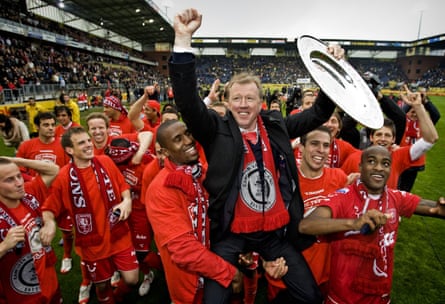
Those expecting Dinamo Zagreb and Hadjuk Split to divide Croatia’s spoils forgot about Rijeka’s title win last season. Leagues in Latin America are complicated by the apertura/clausura format that throws up a wealth of champions. Going close is Egypt, where titles won by Ismaily in 1990-91 and 2001-02 break up the hegemony of Al Ahly and Zamalek. Which, beyond readers writing for suggestions, leaves the Scilly Isles, where Woolpack Wanderers and the Garrison Gunners are the only two teams competing, playing each other 14 times over a season. And that only runs back to 1991-92, with two seasons where the champions were, according to statto bible RSSSF “unknown”.
Throwing it out there
“I note with interest that Ifab are considering changing the laws regarding throw ins by introducing a time limit,” notes Rupert Sheard. “This sparked a vague memory of a non-league season (the Diadora League?) in which kick-ins were used instead of throws. Did this happen? If so, what was the impact? Also, across the world, what other similar experiments have been tried?”
The memory on you! The Diadora League experiment with kick-ins happened in the 1994-95 season. We covered it in an old Joy of Six on short-lived rule changes. Here’s a snippet of what we wrote:
Trials were launched in the Belgian and Hungarian lower leagues, but also in the Diadora League in England (the seventh tier), which for the 1994-95 season would play guinea pig. It did not, to say the least, go down well, with some managers blindly refusing to allow their players to take kick-ins, and the new rule only served to do what most assumed it would – encourage long punted balls downfield.
Blatter’s vision for the next century was played out in a picture of the last – brambles spilling on to crumbling terraces, the proper platform for spectators,” wrote Jeremy Alexander in the Guardian, after attending a game between Tooting and Hayes in August 1994. “‘Worst rule ever invented,’ said one player. ‘A load of rubbish,’ ventured another.” The experiment didn’t last, but as Wenger displayed, it’s probably only a matter of time before someone suggests it again.”
The other experiments included in the Joy of Six (linked below) were:
-
The 10-yard advancement rule
-
American penalty shootouts
-
Two points for a home win
-
The golden goal
-
Goalkeepers handling the ball outside the penalty area
If you’ve got any other good stories of ephemeral experiments, send them in and we’ll do a follow-up next week.
Knowledge archive
“Which was the last team to win the English top flight playing in a striped home kit?” asked Stuart Young in November 2007.
Well Stuart, it basically all depends on how discerning you are about your stripes. Obviously we’re not going to count teams with a few skinny lines down their sleeves and shorts, nor indeed will we accept Blackburn’s half-and-half blue and white blocks, but would you accept the alternating shades of red on Arsenal’s title-winning top from 1988-89?
If not then the white pinstripes Liverpool sported during their triumphant 1983-84 campaign (and indeed in 1982-83), are a little more clear cut (and since then they have won the league in a similarly thin-striped kits in 2020 and 2025). But if you’ll only settle for wholehearted, chunky, even slices of markedly different colours, then you actually have to go all the way back to 1935-36, when Sunderland won the old first division in their traditional red and white.
Can you help?
“Last week something special happened in the Dutch KNVB Cup tournament,” begins Peter Belt. “The fitness coach of FC Emmen (Dutch second tier) plays himself in an amateur league for neighbouring VV Hoogeveen. His name is Gersom Klok. On Wednesday he had to play against his own employer. And won. Has something similar happened before, anywhere?”
“Rayan Cherki produced a headed assist from inside his own half for Erling Haaland against Bournemouth,” writes Niall McVeigh. “Any other examples of this?”
“Some clubs are already on their third manager this season,” writes Paul Gage. “Which club holds the record for the most permanent managers in a season?”
“Martin O’Neill is back managing Celtic at the age of 73. How does he fare on the list of oldest managers?” asks Shaun Tooze.
“The age difference between O’Neill and Danny Röhl in the latest Old Firm derby was 37 years. Has there been a bigger age gap between two managers in a match?” asks Gregg Bakowski.
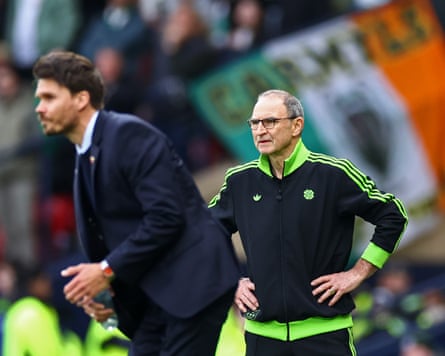
“My team, Aston Villa, last played a Saturday 3pm home game against Ipswich on 15 February. The earliest our next one could be is 17 January, more than 11 months later,” writes Andrew Horder. “What’s the record for this?”
“Further to the current trend of long throw-ins, and reading of an apparently prodigious throw by Nick Pope to release a Newcastle forward last week, it set me wondering whether – especially when perhaps chasing a game, similar to the goalkeeper going up for a corner – anyone has attempted to use a goalkeeper to launch a long throw-in?” asks Martin Axon.
-
Mail us with your questions and answers

 3 weeks ago
20
3 weeks ago
20







